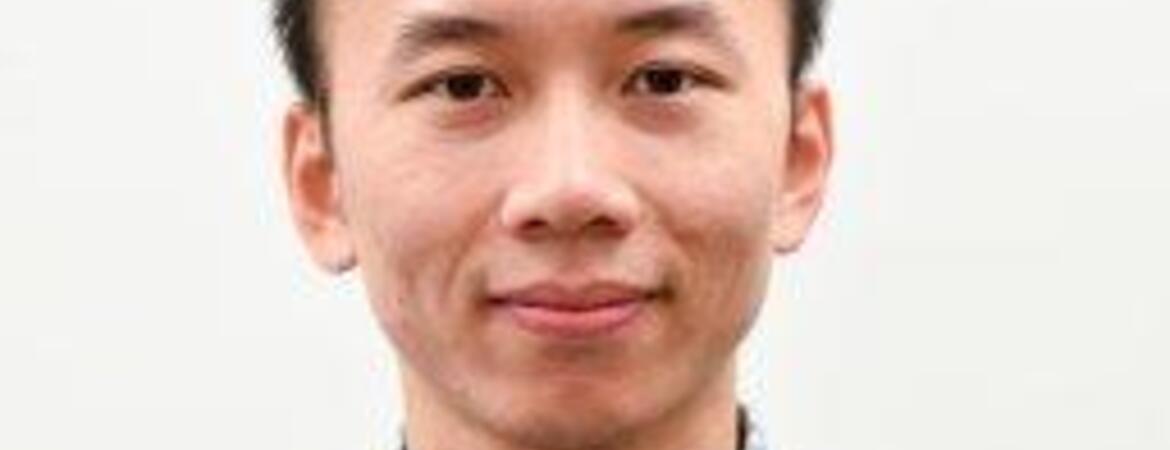
Tractions exerted by cells on the extracellular matrix (ECM) are critical in many important biological processes such as morphogenesis, wound healing, and cancer metastasis. Three-dimensional Traction Microscopy (3DTM) is a robust tool to quantify cellular tractions by first measuring the displacement field in the ECM in response to cellular tractions, and then using this information to infer the traction field. Most applications of this technique have assumed that the ECM is isotropic, linearly elastic, and has spatially uniform mechanical properties. However, in most biologically applications, each one of these assumptions is violated. In this talk, I will present novel computational methods to quantify 3D tractions exerted by cells fully encapsulated in nonlinear hydrogels that do not invoke these assumptions, and thereby model the in-vivo cellular environment more accurately. Within this approach, the 3DTM problem is posed as an inverse problem, with the objective of determining the traction field and the spatial distribution of ECM properties that are consistent with the measured displacement field in the ECM. I will describe efficient computational methods for solving this problem and also quantify the benefits derived from the accurate mechanical models of cellular microenvironment.
Biography: Dr. Dawei Song is a postdoctoral scholar in the Department of Aerospace and Mechanical Engineering at the University of Southern California. He received his Ph.D. and Master’s degrees in Mechanical Engineering and Applied Mechanics from the University of Pennsylvania in 2017 and 2014, and Bachelor’s degree in Theoretical and Applied Mechanics from Sun Yat-sen University, China in 2011. Dr. Song’s research focuses on developing theoretical and computational methods to study multi-scale, heterogeneous systems such as metallic composites, geologic materials, and biological materials.